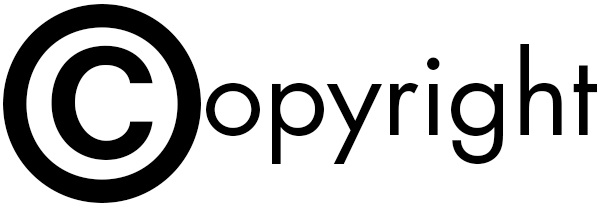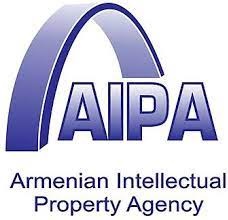AIPO Copyright Armenia : Intellectual Property Office
Organisation : Armenia Intellectual Property Office (AIPO)
Facility Name : Apply For Copyright
Country : Armenia
Website : https://aipo.am/en/pages/show/Frequently_asked_Questions_5
| Want to comment on this post? Go to bottom of this page. |
|---|
What is Copyright?
Copyright (or author’s right) is a legal term used to describe the rights that creators have over their literary and artistic works. The Republic of Armenia is a Member State of the Berne Convention for the Protection of Literary and Artistic Works since October 19, 2000. Copyright protection is automatic in all states party to the Berne Convention. According to the Article 9 (1) Law of RA on Copyright and Related Rights, a work is protected by the fact of its creation.
Related / Similar Facility : AIPO Industrial Design Application Armenia

How To Apply For Copyright in Armenia?
Copyright protection is obtained automatically without formal confirmation of that right, registration of the work or any other action. Therefore, the Intellectual Property Office does not perform the function of registering Copyright subject matters.
However, there are organizations that manage economic rights of rightsholders on collective basis. Such organizations are established directly by the rightsholders and operate within the framework of the received powers (Articles 63-64 of the Lawof RA on Copyright and Related Rights).
FAQ On Copyright
Frequently Asked Questions FAQ On Copyright
What can be protected using Copyright?
Literary and artistic works such as novels, poems, plays, reference works, newspaper articles, paintings, drawings, photographs, sculpture, architecture, etc. Works differ in their form of expression, as well as in the degree of originality.
Can an idea be protected?
No. Copyright protection extends only to expressions, and not to ideas. Article 4 of the Law of RA on Copyright and Related Rights clearly defines the list of objects that are not protected by Copyright. However, most of the frequently asked questions by the authors concern the protection of ideas. The issue is that if ideas were to be protected as the object of copyright and given an exclusive right, it would obstacle the free development of creative thinking, as different works can be created on the basis of the same idea, which will differ from each other in their originality.
Whom the Copyright belongs to?
The author is a natural person, as a result of whose creative activities the work has been created. The author may transfer his exclusive economic rights or allow the use of the work to other persons, who, acquiring these rights from the author, become the owner of the economic rights of the work. Authors of copyrighted works and their heirs and successors enjoy the rights provided by copyright law.

Terms of Protection of Related Rights
The term of protection to be granted under the Rome Convention for the Protection of Performers, Producers of Phonograms and Broadcasting Organisations, shall last at least until the end of a period of twenty years computed from the end of the year in which:
(a) the fixation was made–for phonograms and for performances incorporated therein;
(b) the performance took place–for performances not incorporated in phonograms;
(c) the broadcast took place–for broadcasts.
The terms of protection of related rights are different according to the legislation of the Republic of Armenia (see Article 61 of the Law of RA on Copyright and Related Rights).